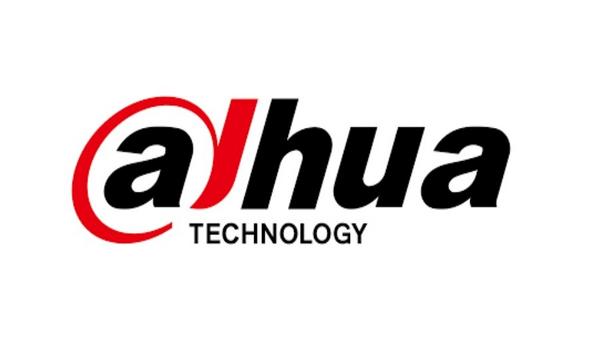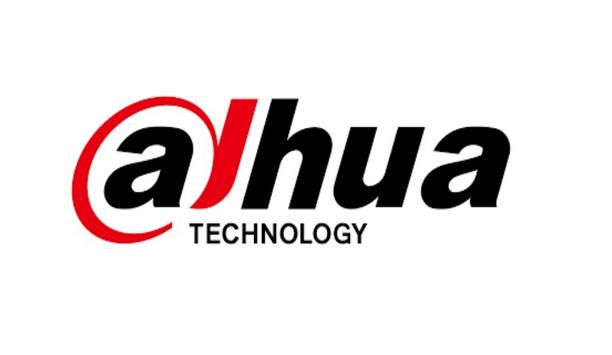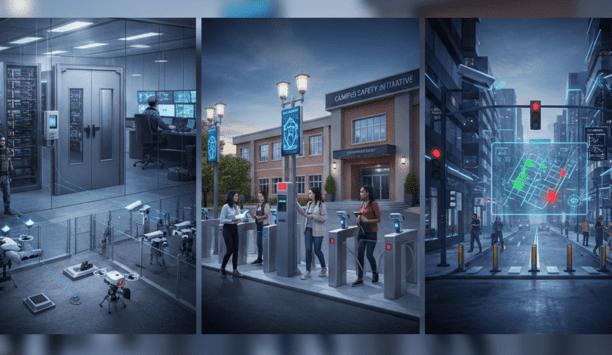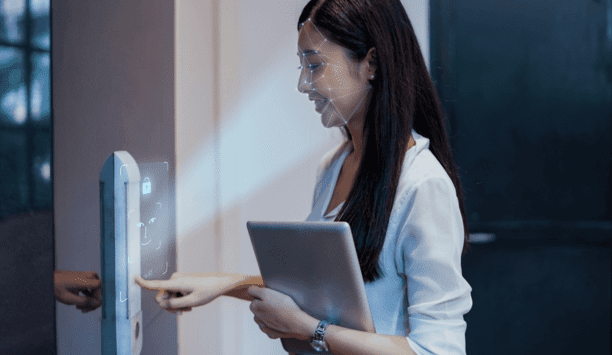Royal Academy of Arts uses Axis network cameras and video servers to secure priceless art works in its galleries
Background
RAA exhibitions attract more than a million visitors every year, putting the institution consistently amongst the top ten paying-visitor attractions in London. Amongst its ruling body of Academicians have been some of the country's leading artists over the years including Reynolds, Turner, Constable, Gainsborough and in more recent years Moore, Frink, Blake and Hockney. One of the requirements of becoming an Academician is to donate a work to the RAA to swell its collection.
The RAA is based at three sites including Burlington House with seventeen galleries, shop, café, and private rooms. Many of the administration offices are in French Railways House, which is on the other side of Piccadilly, and other offices are at 6 Burlington Gardens, which is also used for corporate entertainment and art fairs.
Securing the buildings and exhibitions
The RAA's facilities manager David Vobes is supported by a team of 10 permanent in-house security guards who patrol the front entrance hall which is also the main reception area of the building, and covers all other entry and exit points in Burlington House. These guards are supplemented by a contract team provided by Mitie Trident Security. They provide 24-hour security covering all the main public galleries in Burlington House when loaned art works are on display. During loan exhibitions at the RAA Trident has provided up to 20 additional guards working on a shift pattern around the clock for the last 20 years.
Migrating from Digital CCTV to IP-Surveillance
Following a review of the Academy's security carried out in conjunction with the MLA' security advisor, it was agreed that the Academy needed to introduce CCTV to increase security on the perimeter of the building. In 1998 the Royal Academy of Arts commissioned the installation of 13 traditional CCTV cameras - eight on the exterior of the buildings also covering much of the roof and a further five in the front entrance hall. These cameras ran back to a Digital Video Recorder (DVR) in a central control room in the basement of Burlington House. A traditional CCTV installer sourced and installed the original system, which cost in excess of £40,000 at the time. 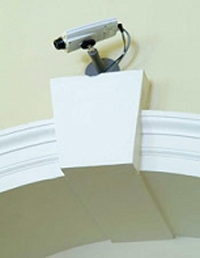 David Vobes, the RAA's facilities manager, explained: "Like any large public building there are clear security challenges. By necessity the building must be welcoming and easily accessible by the public. In theory all access points of the building are public access points but also we recognise that we hold priceless works of art including loaned works which are more likely to be targeted by thieves."
David Vobes, the RAA's facilities manager, explained: "Like any large public building there are clear security challenges. By necessity the building must be welcoming and easily accessible by the public. In theory all access points of the building are public access points but also we recognise that we hold priceless works of art including loaned works which are more likely to be targeted by thieves."
Some six years later it became clear that the hard drive in the DVR was coming to the end of its natural life. The CCTV installer estimated that the required upgrade of the DVR would cost more than £8,000. This figure was likely to double if RAA wanted to expand the number of surveillance cameras beyond the 16-camera maximum allowable for each DVR.
In view of this estimate and the lack of flexibility of the end solution, the then IT director David Aston decided to investigate the potential of running the CCTV system over the existing data network infrastructure. David Aston made contact with IT integrator and IP-Surveillance specialist CNL and requested a fully costed proposal based on the academy's requirements for a new surveillance system.
James Condron, sales and marketing manager at CNL, said: "In the proposal we were able to demonstrate the necessary IT and IP-Surveillance skills, as well as offering the comprehensive, highly responsive after-sales support package that they were looking for." CNL won the contract in May and conducted a site survey in the same month. Work began on the agreed installation in July 2005.
Monitoring the new IP-Surveillance system
David Vobes explains how these cameras are monitored: "All in-house security staff can view the cameras on three different PCs, the first is in the control room in the basement of Burlington House and the second is at the front desk in the reception area so that night security staff can view it from there. The shop manager as well as security staff can also access the system from a PC behind the serving desk."
Technical specifications of the complete system
 An additional eight network cameras were installed during the upgrade to IP-Surveillance creating a total of 21 cameras. Two AXIS 221 Day & Night Network Cameras with Power over Ethernet (PoE) were installed on the roof of the building encased in AXIS 290A housings for extra protection. One AXIS 210 Network Camera was installed in the entrance hall. A further three network cameras were installed in a separately accessed building called 6 BG.
An additional eight network cameras were installed during the upgrade to IP-Surveillance creating a total of 21 cameras. Two AXIS 221 Day & Night Network Cameras with Power over Ethernet (PoE) were installed on the roof of the building encased in AXIS 290A housings for extra protection. One AXIS 210 Network Camera was installed in the entrance hall. A further three network cameras were installed in a separately accessed building called 6 BG.
Twelve of the original 13 CCTV cameras were connected to three AXIS 241Q Video Server Blades which were rack-mounted in the central control room. Axis' video server blade was deployed in view of the fact that the academy already had a rack cabinet in use in the control room, which it could be slotted into. The existing analogue cameras would have otherwise demanded installation of three
4-port video servers, which would have been cumbersome given the confined space. This solution also ensured that the quality of output from all cameras met pre-agreed image quality performance criteria. Three Axis wireless network cameras were also installed in two of the main galleries.

